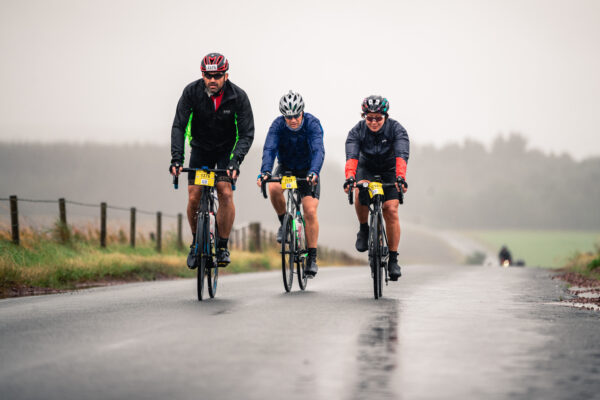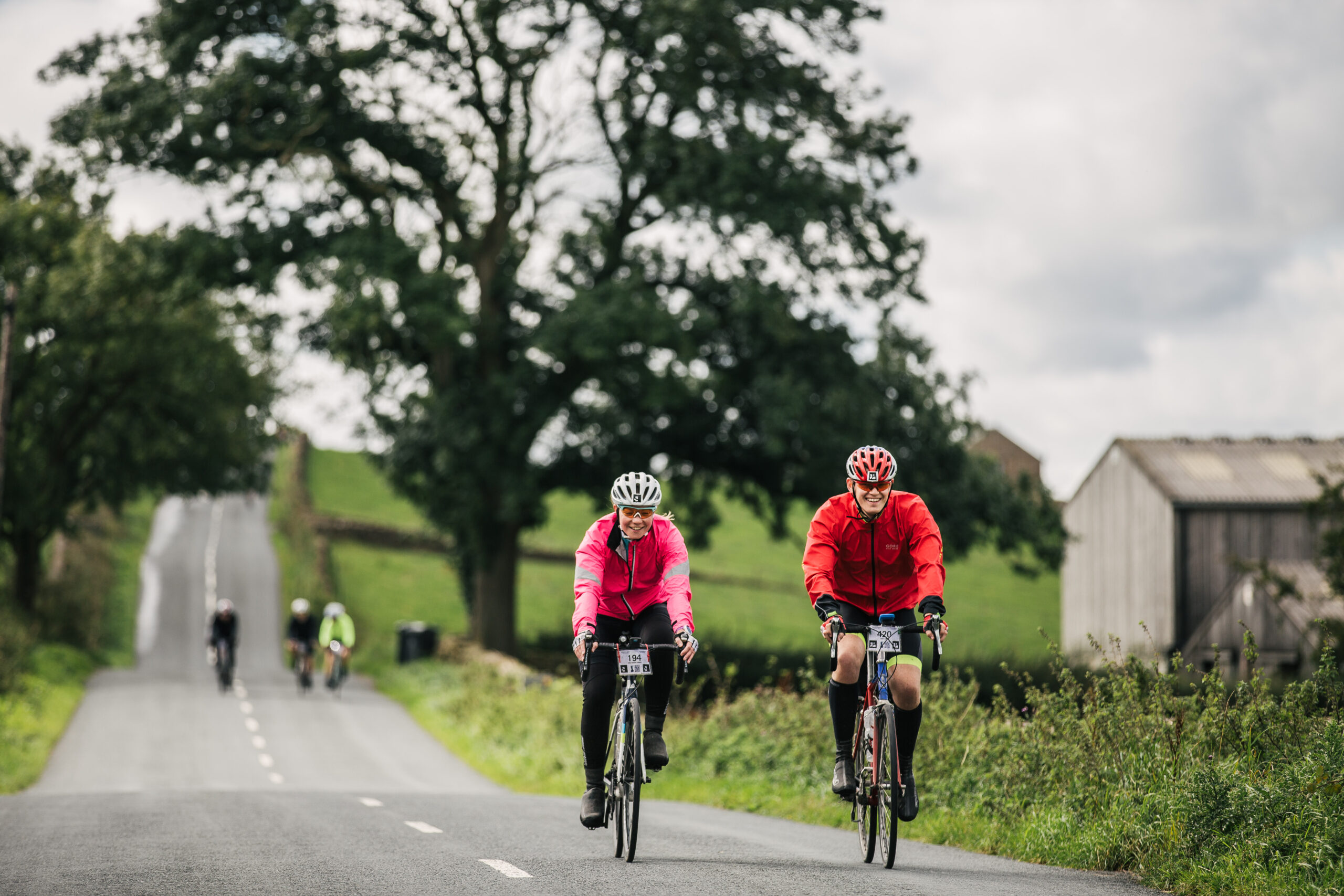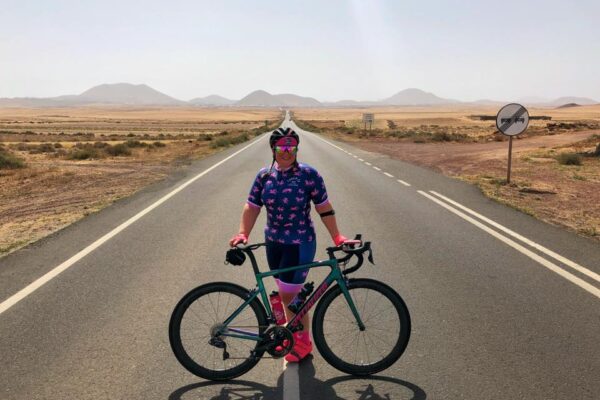Top tips on how to survive multi-day riding
Multi-day and endurance cycling events can be daunting. Long periods of time in the saddle and overall distance can easily become overwhelming. From my experience training correctly is key. by Lisa Thake
by Lisa Thake
My training plan will include rides that are:
- 1. Endurance – flat or rolling course, boost muscular endurance, aerobic fitness, and fat burning zone. These rides will also build up your experience of spending multiple hours in the saddle.
 interval work – short periods of high intensity. Turbo sessions lend themselves better for interval sets too with no interruptions or obstacles found when out on the road. Turbo trainer sessions are great for following structured plans. I use Zwift and complete the dreaded FTP test. An FTP test scores your functional threshold power and this determines your ability to sustain the highest possible power output. Once you have completed this it means sessions you follow will then be geared around your FTP and more tailored for you.
interval work – short periods of high intensity. Turbo sessions lend themselves better for interval sets too with no interruptions or obstacles found when out on the road. Turbo trainer sessions are great for following structured plans. I use Zwift and complete the dreaded FTP test. An FTP test scores your functional threshold power and this determines your ability to sustain the highest possible power output. Once you have completed this it means sessions you follow will then be geared around your FTP and more tailored for you.- hill-climbing – to get better at hills you must practice on hills, it really is that simple (and I am saying this as much to myself as everyone reading this). Hill climbing on the bike also helps with improving muscular endurance and strength.
- recovery rides – recovery is part of the process and allows muscles to repair. A recovery ride would be otherwise known as active recovery but should be done so at an easy pace. If you use training zones think zone 1 or 2, super easy, more than comfortable and conversational pace. I have written a blog post on this in more detail that you can read here.
- strength and condition with a focus on leg and core strength, essential when on the bike.
- yoga to ensure stretching – it really helps!
- sleep – I always try and get 8 hours per night, a key time for your body to rest and repair and make you feel more energised.
I train off cadence though many others train using heart rate or power, and this is a personal preference. Cadence is the number of revolutions per minute of the crank arm and gives a natural feel when riding to indicate when gear changes are required if cadence is too high or low.
Riding on back to back days will help to build stamina. If an event is over more than one day you should absolutely be training for this and simulating the same sort of scenario in your training. If you find after one long day in the saddle you struggle to ride the following day this would be an area to focus on for multi-day riding.
Building up mileage gradually over time is important because a sudden increase in mileage can not only increase the risk of injury but you will probably see less progression also. Build a strong base and then build on that gradually. I wrote a post when I was training for a 300km bike ride that you can read here.
When spending many hours in the saddle you want to ensure some comfort and I cannot personally vouch for the importance of a bike fit enough. The smallest of changes can make the biggest of difference. I have written a blog post with more detail on this that can be read here. Don’t let the overall goal overwhelm you. Break it down ie rest stop to rest stop as necessary, work out food stops as an example.
Fuel correctly as this really can make the biggest difference when riding! Don’t try anything new on event day(s) and instead stick with what you have tried and tested during your training. You should know by then what works for you and stick with that. The key is what works for you – people will try and be helpful and they very well might be but what works for one will not necessarily work for another so be selfish and do what is right for you. I have a timer on my bike computer and every 20 minutes it will alert me to eat and drink and I have found little and often works for me. Being properly hydrated is essential and a carbohydrate/electrolyte drink is great for endurance events and performance. The only thing I might change relating to fuelling would be depending on the weather for example if I knew my ride would be in hot weather, I would ensure my fuel was nothing that would melt and could withstand the heat. I would also take extra sachets of my energy drink and possibly salt tablets to replace salt lost through sweating (nice I know but this can really help).
Recovery at the end of the day will help, if an event with massages then a short rub down of muscles will be beneficial and if not stretch with a focus on areas you will have worked on the bike like hamstrings, quads, glutes, hips, back, and groin. Recovery shake to rehydrate and rebuild and repair muscle fibres ideally within 30 minutes of completing your ride for the day, and enough sleep ready for the following day.
I will always maintain you should trust your training – train smart with your goals in mind and when completing your event trust the work you have done to get you to that point and enjoy the ride!



